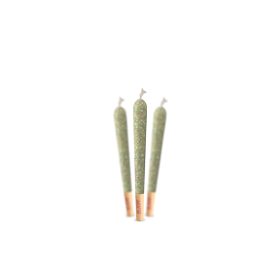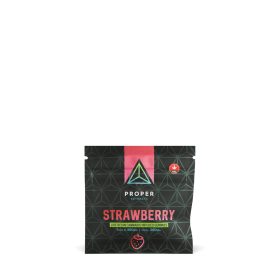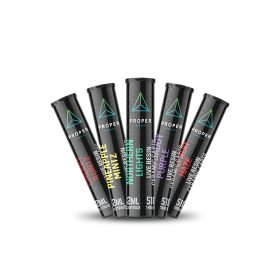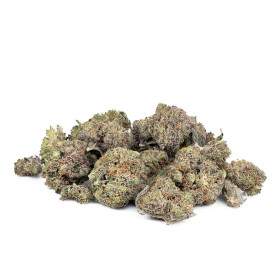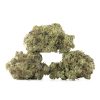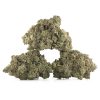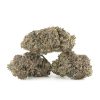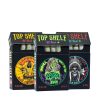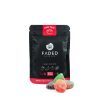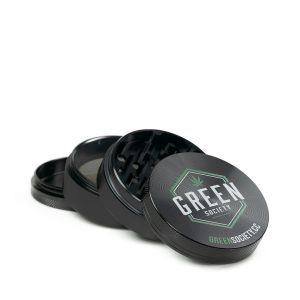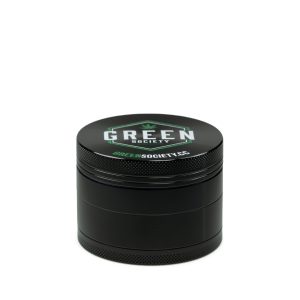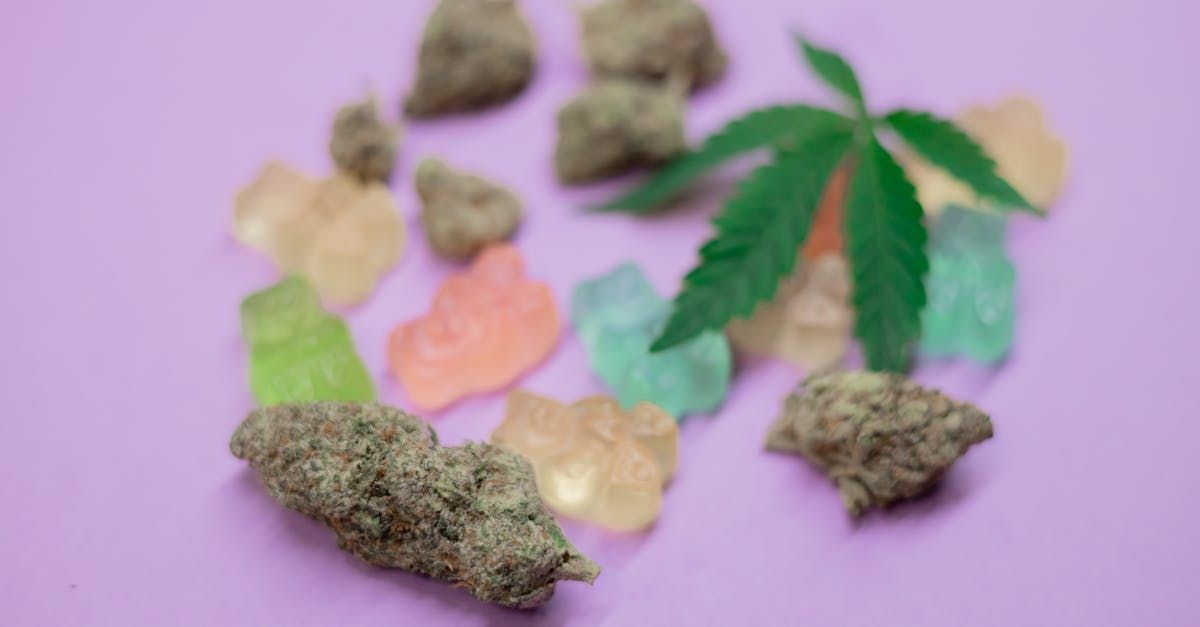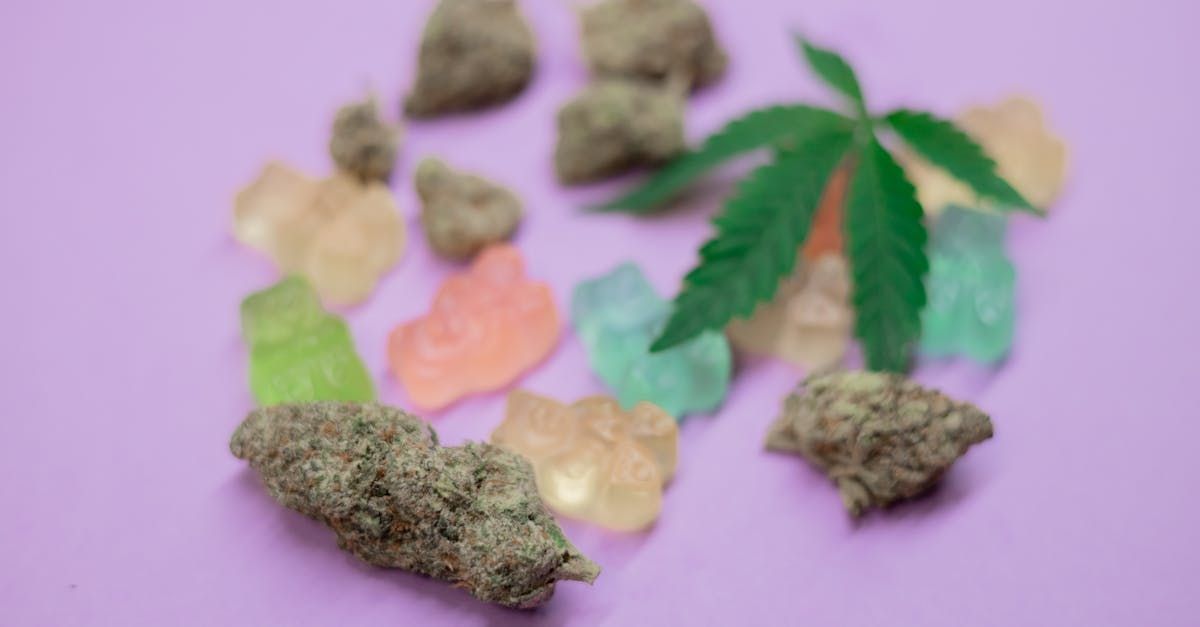Marijuana
Understanding Edibles Onset Time: What to Expect in 2025
Edibles have become one of the most talked-about ways to experience cannabis, but many users fail to realize that the effects work on a completely different timeline compared to smoking. Surprise stats show that some edible beverages can kick in as fast as 19 minutes, while baked goods might take over half an hour. Most people expect instant results, but the real story is about patience—knowing the science behind onset time is the difference between a controlled, comfortable experience and an unexpected rollercoaster.
Table of Contents
Quick Summary
| Takeaway | Explanation |
| Edibles Onset Time Varies | Initial psychoactive effects from edibles typically occur 30 to 60 minutes after ingestion, with peak effects occurring between 1.5 to 3 hours post-consumption. |
| Physiological Factors Matter | Individual characteristics such as metabolism, body weight, and age significantly influence how rapidly edible effects are experienced. |
| Diet Influences Experience | Onset time can be affected by whether you consume edibles on an empty stomach or with a meal, with fatty meals potentially enhancing absorption. |
| Start Low, Go Slow | New and experienced consumers should begin with a low dose (2.5 mg of THC) and wait at least two hours before considering additional consumption to avoid overconsumption. |
| Setting Impacts Consumption | Creating a comfortable and familiar environment, staying hydrated, and having a trusted companion can enhance the overall experience and safety during consumption. |
What Is Edibles Onset Time?
Edibles onset time represents the critical period between consuming a cannabis-infused product and experiencing its initial psychoactive effects. Unlike inhalation methods which produce near-instantaneous results, edibles require a more complex metabolic process that significantly impacts how quickly users perceive changes in their physiological and psychological state.
Understanding the Metabolic Journey
When cannabis is ingested through edibles, the body processes THC differently compared to other consumption methods. After consumption, the digestive system breaks down the edible, and the liver metabolizes THC into a more potent compound called 11-hydroxy-THC. This metabolic transformation explains why edible experiences often feel more intense and longer-lasting than other cannabis consumption methods.
Research from the National Center for Biotechnology Information involving 17 healthy adults demonstrated that pharmacodynamic effects from cannabis-infused edibles typically do not manifest until 30 to 60 minutes after ingestion. Peak effects were observed occurring between 1.5 to 3 hours post-administration, highlighting the unique temporal characteristics of edible cannabis consumption.
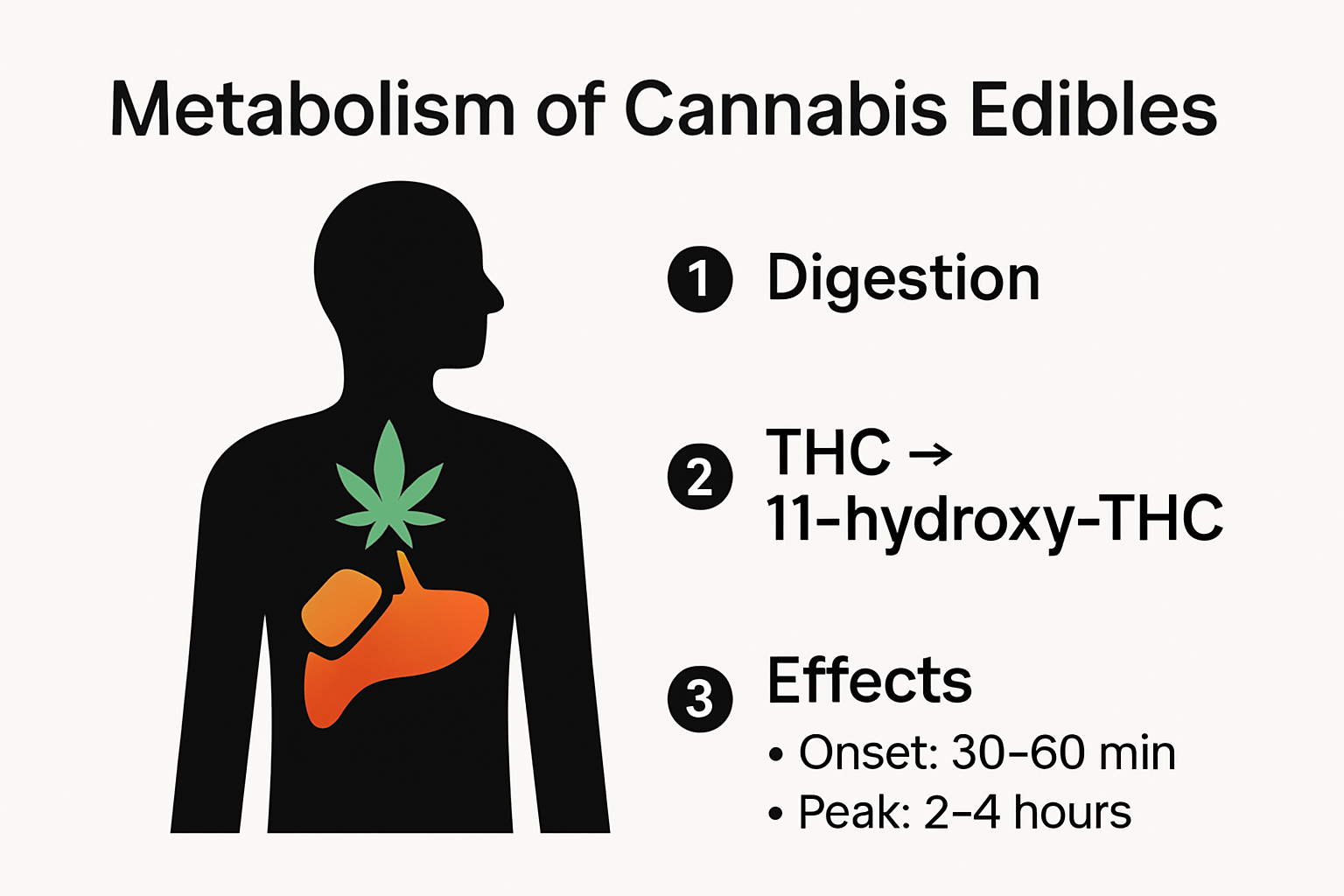
Factors Influencing Onset Time
Multiple variables impact how quickly an individual experiences edibles onset time. Personal metabolism plays a significant role, with factors like body weight, previous cannabis experience, digestive efficiency, and individual biochemistry determining the speed and intensity of effects. Some users might feel initial sensations within 19 minutes, while others could require up to an hour.
A summary of onset times for different edible product types can help readers compare and understand their options at a glance:
| Edible Product Type | Average Onset Time (minutes) |
| Baked Goods | 33 |
| Chocolate Candies | 32 |
| Pills/Capsules | 29 |
| Hard Candies | 27 |
| Oils/Tinctures | 24 |
| Beverages/Drinks | 19 |
A comprehensive study published in a medical journal revealed fascinating variations in onset times across different edible formats. The research found that different product types produce slightly different onset experiences:
-
Baked Goods: Approximately 33 minutes
-
Chocolate Candies: Around 32 minutes
-
Pills/Capsules: Roughly 29 minutes
-
Hard Candies: Near 27 minutes
-
Oils/Tinctures: About 24 minutes
-
Beverages/Drinks: Approximately 19 minutes
These variations stem from differences in product composition, absorption rates, and individual physiological responses. Sublingual absorption and faster metabolic processing can contribute to quicker onset times for certain product types.
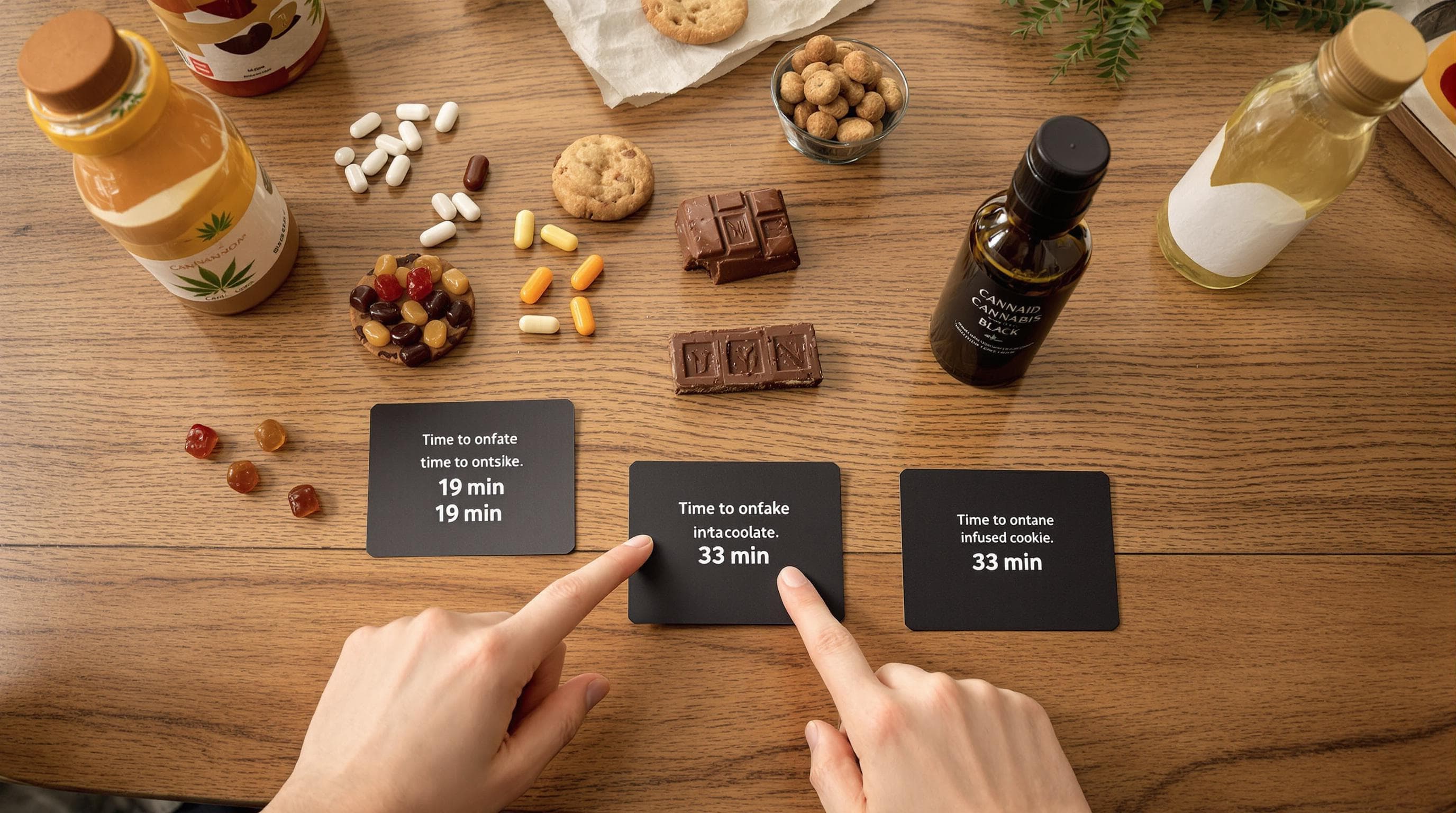
Understanding edibles onset time is crucial for responsible and safe cannabis consumption. Patience becomes key, as rushing to consume additional quantities before initial effects manifest can lead to overconsumption and potentially uncomfortable experiences. The Washington State Liquor and Cannabis Board recommends being aware that edible effects typically emerge within 1 to 4 hours, with potential duration lasting between 4 to 12 hours.
For new and experienced users alike, recognizing the nuanced nature of edibles onset time empowers more informed and controlled cannabis experiences. By understanding these metabolic processes and individual variations, consumers can approach edible consumption with greater knowledge and mindfulness.
Factors Affecting Onset Time of Edibles
Multiple complex factors interact to determine the precise onset time of cannabis edibles, creating a unique experience for each individual. Understanding these variables helps consumers make informed decisions and anticipate their potential cannabis experience more accurately.
Physiological and Metabolic Influences
Individual physiological characteristics play a critical role in how quickly cannabis edibles take effect. Research from medical experts highlights that the route of administration fundamentally impacts onset time. Oral ingestion differs significantly from inhalation methods, with THC reaching peak plasma levels within 1-2 hours compared to 3-10 minutes through inhalation.
Age, metabolism, and body composition substantially modify edible onset experiences. Caplan Cannabis Research indicates that younger individuals typically experience faster metabolic processing, resulting in quicker onset times. Conversely, older adults may encounter delayed effects due to reduced liver enzyme efficiency. Biological sex also influences cannabis metabolism, with hormonal differences potentially altering how THC is processed.
Dietary and Consumption Contexts
What and how much you eat before consuming cannabis edibles dramatically impacts onset time and intensity. Zaleaf Cannabis Research reveals fascinating insights into dietary interactions:
-
Empty Stomach: Faster onset (30-45 minutes) with potentially more immediate effects
-
Meal Consumption: Delayed onset (30-60 minutes) with potentially stronger, longer-lasting experiences
-
Fat Content: Meals containing healthy fats can enhance cannabinoid absorption, potentially intensifying effects
To help readers quickly compare how different dietary factors affect edible onset and effects, here is a summary table:
| Dietary Factor | Onset Time | Expected Effect |
| Empty Stomach | 30-45 minutes | Faster, more immediate |
| After a Meal | 30-60 minutes | Slower, stronger/longer-lasting |
| Meal with Healthy Fats | Variable (can enhance absorption) | Potentially intensified, robust |
Interestingly, consuming edibles alongside fatty foods might seem counterintuitive, but dietary fats can actually improve cannabinoid absorption. The presence of lipids helps facilitate THC transport through the digestive system, potentially creating a more robust and sustained experience.
Product-Specific Variations
The specific type of edible product significantly influences onset time and experience. Factors such as product composition, THC concentration, and manufacturing process contribute to variability. Beverages and sublingual products tend to be absorbed more quickly, while dense, complex edibles like baked goods require more extensive digestive processing.
Consumers should approach edible consumption with patience and mindfulness. Starting with low doses and waiting sufficient time before considering additional consumption remains the most responsible strategy. Individual variations mean that standardized experiences are rare, and what works for one person might differ dramatically for another.
Ultimately, understanding these multifaceted factors empowers cannabis consumers to make more informed choices. By recognizing the intricate interplay between personal physiology, dietary context, and product characteristics, individuals can better predict and manage their edible cannabis experiences.
Medical vs Recreational Edible Experiences
Cannabis edibles represent a nuanced landscape where medical and recreational consumption intersect, each presenting distinct motivations, expectations, and physiological responses. Understanding the fundamental differences between medical and recreational edible experiences provides crucial insights for consumers seeking targeted outcomes.
Purpose and Intentionality
Medical cannabis consumers typically approach edibles with specific therapeutic objectives, targeting symptoms such as chronic pain, anxiety, sleep disorders, or treatment-related side effects. Johns Hopkins University research highlights that medical users often prioritize consistent, controlled dosing and predictable effects, whereas recreational consumers may seek more varied and immediate sensory experiences.
Recreational users generally focus on mood enhancement, social experiences, and temporary alteration of consciousness. The intentionality behind consumption fundamentally shapes how individuals perceive and interact with cannabis edibles. Medical users tend to view cannabis as a treatment modality, carefully monitoring onset time and duration, while recreational consumers might approach the experience with more exploratory motivations.
Dosage and Consumption Strategies
The Canadian Cannabis Survey 2024 revealed critical insights into consumption patterns:
-
Medical Users: Typically start with lower doses, seeking symptom management
-
Recreational Users: More likely to experiment with varying dosage levels
-
Onset Time Awareness: 51% of Canadian consumers correctly understood edibles could take 4+ hours for full effects
Medical cannabis patients often work closely with healthcare professionals to determine optimal dosages, considering factors like body weight, existing medical conditions, and potential drug interactions. Recreational users might rely more on personal experience and peer recommendations.
Physiological and Psychological Responses
The metabolic journey of cannabis edibles differs subtly between medical and recreational contexts. A comprehensive study demonstrated that product type significantly influences onset time:
-
Baked goods and gummy candies: Approximately 33 minutes
-
Beverages: Around 19 minutes
Medical users frequently report more clinical, symptom-focused experiences, carefully tracking how edibles alleviate specific conditions. Recreational consumers might prioritize the holistic sensory experience, emphasizing mood and perception alterations.
While both groups consume cannabis edibles, their approaches and expectations fundamentally differ. Medical users seek therapeutic consistency, while recreational consumers explore altered states of consciousness. Regardless of motivation, responsible consumption remains paramount.
Understanding these nuanced differences empowers consumers to make informed choices. Learn more about choosing the right cannabis product for your specific needs and preferences. Whether pursuing medical relief or recreational enjoyment, knowledge and mindful consumption are key to a positive cannabis edible experience.
Tips for Safe and Effective Consumption
Navigating the world of cannabis edibles requires careful consideration and informed decision-making. Safe consumption is paramount to ensuring a positive and controlled experience, minimizing potential risks while maximizing potential benefits.
Understanding Dosage and Tolerance
Starting with low doses is crucial for both new and experienced cannabis consumers. Ontario Cannabis Regulations recommend beginning with a minimal dose of 2.5 mg of THC and waiting at least two hours before considering additional consumption. This approach helps prevent overconsumption and allows individuals to understand their personal tolerance levels.
The risk of cannabis poisoning is significantly higher with edibles compared to other consumption methods. Centers for Disease Control research highlights that ingested cannabis products pose a greater risk of accidental overconsumption due to their delayed and potentially more intense effects.
Consumption Environment and Preparation
Safe consumption extends beyond dosage control. Change Grow Live Advisory recommends several critical preparation strategies:
-
Set and Setting: Choose a comfortable, familiar environment
-
Hydration: Drink plenty of water before and during consumption
-
Companionship: Have a trusted friend present, especially for first-time experiences
-
No Driving: Avoid operating vehicles or machinery
Preparing your physical and mental space is as important as managing dosage. Create a relaxed environment where you feel secure and can fully experience the effects without external stressors.
Managing Potential Adverse Effects
Even with careful preparation, unexpected reactions can occur. Having a plan to manage potential adverse effects is essential. If you experience overwhelming sensations:
-
Remain calm and remember the effects are temporary
-
Find a quiet, comfortable space
-
Practice deep breathing techniques
-
Stay hydrated
-
Consider consuming CBD, which can help counteract intense THC effects
Understanding your personal limits and respecting them is the cornerstone of responsible cannabis consumption. Explore our guide to cannabis product selection to make more informed choices about your cannabis journey.
Remember that everyone’s experience with cannabis edibles is unique. What works for one person may not work the same way for another. Patience, mindfulness, and a gradual approach are your best tools for a safe and enjoyable experience. By prioritizing education, self-awareness, and responsible consumption, you can navigate the world of cannabis edibles with confidence and care.
Frequently Asked Questions
What is the average onset time for cannabis edibles?
Initial effects from cannabis edibles typically appear 30 to 60 minutes after ingestion, with peak effects occurring between 1.5 to 3 hours post-consumption.
How do factors like diet affect the onset time of edibles?
Consumption on an empty stomach may lead to faster onset times (30-45 minutes), while eating a meal can delay effects (30-60 minutes) and potentially intensify the experience if the meal is high in fat.
Why does the onset time vary between different types of edibles?
Different edible types have varying compositions and absorption rates. For example, beverages can take around 19 minutes, while baked goods may take approximately 33 minutes to kick in.
What should I do if the effects of an edible are too strong?
If you experience overwhelming sensations, remain calm, find a quiet space, practice deep breathing, and stay hydrated. Consuming CBD may also help counteract intense effects.
Ready for a Predictable and Enjoyable Edible Experience?
Are you tired of guessing when your edibles will kick in or worried about overdoing it? The article highlighted just how unpredictable onset times can be and how factors like metabolism, product type, and even your last meal can make a big difference. At GreenSociety.cc, you do not have to navigate these challenges alone. Our clear product details, educational resources, and curated selection help you make empowered choices. Explore top-rated edibles and discover options with transparent dosing for a smoother, more controlled cannabis journey.
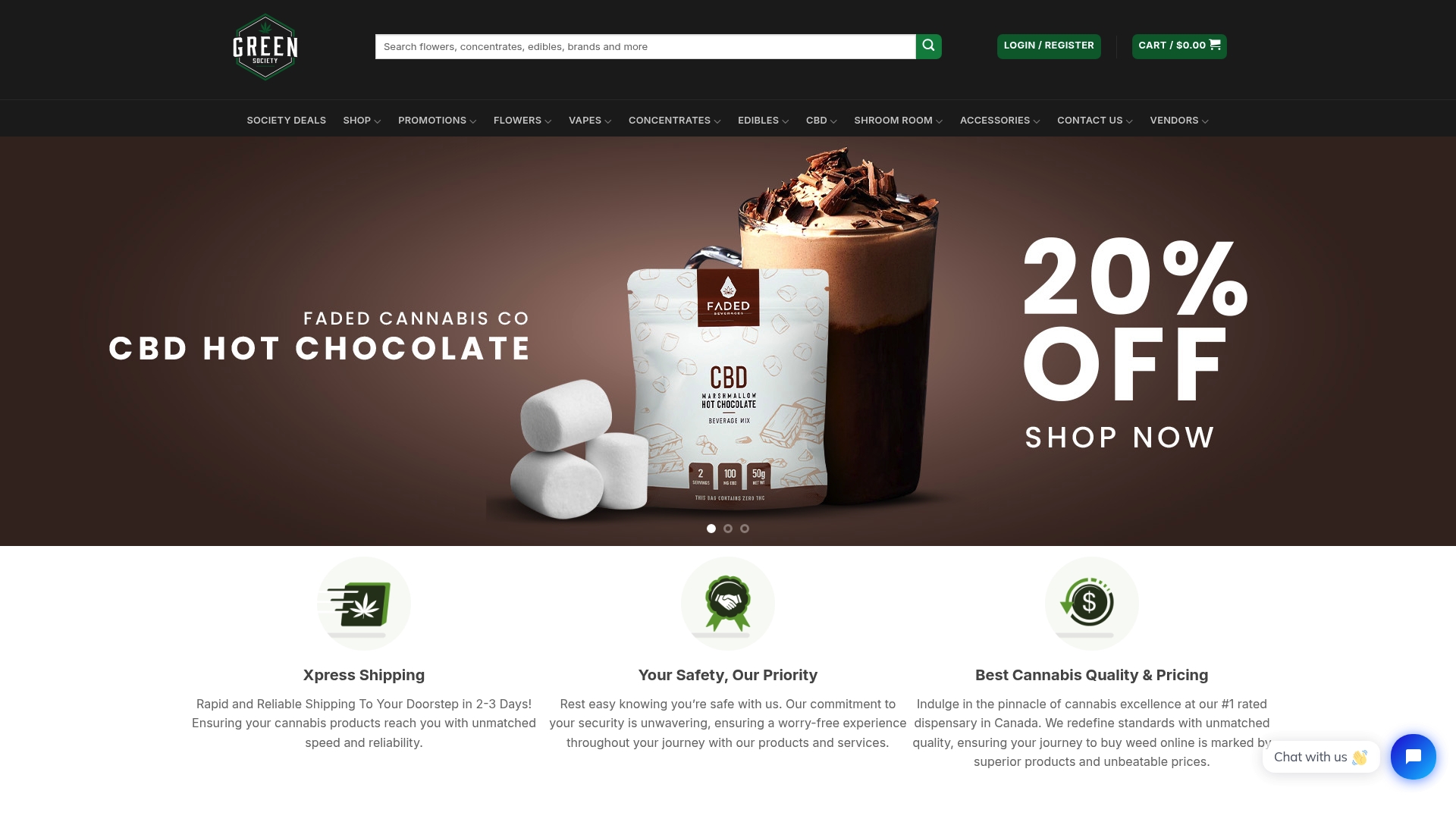
Take control of your cannabis experience today. Whether you are looking for fast-acting drinks or carefully dosed baked goods, our online dispensary delivers quality, value, and convenience right to your door. Visit GreenSociety.cc now to shop confidently and enjoy your next edible session with peace of mind.
Recommended
-
Vape Pens vs. Desktop Vaporizers: A Comprehensive Guide for Canadians ~ Green Society Blog
-
BuudaBomb Watermelon Blast Gummies | Buy Edibles | Green Society
-
Bud Mail – How BudMail Compares To Green Society – 20% OFF ON NOW

